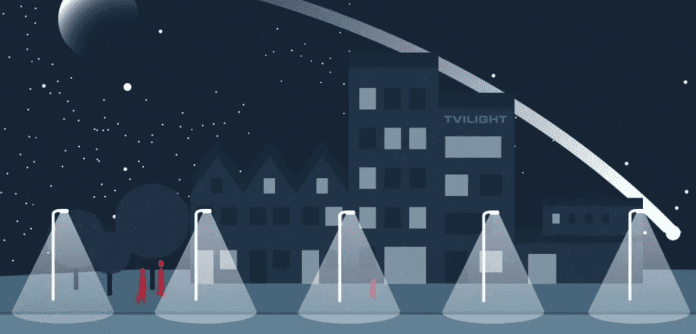The firm says port authorities are saving up to 80% on energy bills related to lighting
Tvilight is currently exploring business opportunities in the U.S market, the company’s CEO and founder Chintan Shah, told Enterprise IoT Insights.
The executive said that in the past the firm’s key focus areas have been Northern and Eastern Europe as well as certain Asian markets, such as Korea and India.
“We have deployed smart connected lighting in over 150 projects across 15 countries. We notice that the clients enjoy benefits immediately post deployment and start the gradual roll-out through their city or terrains,” he added.
Shah explained that smart lighting solutions are easy to deploy for cities or companies. “In contrast to what many managers in cities and industries think, smart connected lighting from solution providers such as Tvilight is plug-and-play and easy to implement,” he said.
The Dutch firm has recently announced a smart lighting deployment for the Port of Moerdijk, in the Netherlands. “Overall, the entire street lighting renewal project at Moerdijk will last several years and will be deployed in stages. The port will roll out more than a thousand intelligent Tvilight devices, but the process will be broken into several phases, and so far, the port has completed the phase one,” Shah said.
The executive also said connected intelligent lighting is an ideal solution for seaports and airports as well as harbors across the world, such as the ports of Rotterdam in the Netherlands; Antwerp, Belgium; and Hamburg, Germany.
According to Shah, the implementation of smart lighting projects allows the port authorities to save up to 80% in energy costs related to their lighting infrastructure starting from day one of the installation.
“Connected lighting also gives a signal to the maintenance manager in case a lamp has failed. This enables efficient maintenance reporting, rapid lamp replacement and better service to the port user,” he said.
Through smart connected lighting, ports can also significantly lower light pollution and increase safety by increasing the light intensity only where human presence is detected. “For example, unintended intrusion in a restricted area can be detected through increased lighting intensity in that area,” he added.
In the near future, smart connected lighting solutions will also connect cameras and traffic lights, as well as parking and information billboards, Shah noted.

